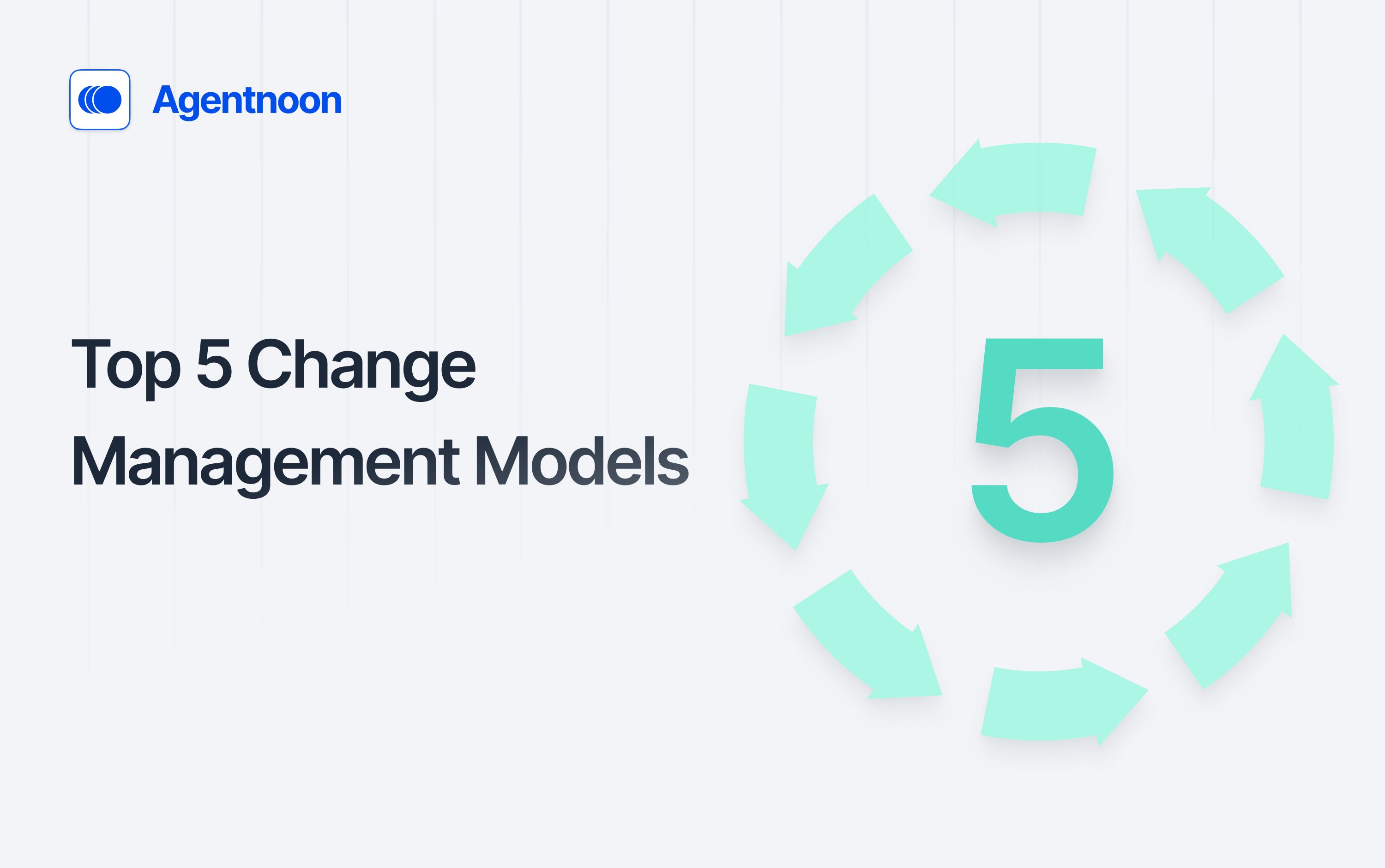Organizational Effectiveness - A Practitioner's Guide
Explore our comprehensive guide on organizational effectiveness. Learn ways to improve and monitor for effective organizational efficiency.
The best-fit change management model can transform an organization by aligning its culture with strategic goals and driving successful outcomes.

Did you know that oak isn’t the strongest tree? It’s actually willow. The willow is the strongest tree not because it has the deepest roots, but because it adapts to the blowing wind so no storm can take it out.
50 years ago, the strongest company might have been the one with the largest construction hangar, but today, that’s no longer the case. Today’s strength is measured in adaptability; how fast “can your willow move with the wind.”
Market disruption is no longer the game of the giants. Instagram was sold for a billion-dollar, even though at the time they only had 13 employees. If you don’t adapt, you risk falling behind not just your competitors but the entire market.
That’s why we’ll talk about change management and the five best models that you can use to transform your organization. These change management models will help you bring your organization from the current point A to the desired point B.
But before we jump into the top five change management models, let’s first understand how these models drive organizational transformation in your company.
Let’s first define organizational transformation. That’s a process of aligning organizational culture (how employees work together) with its strategy (the trade-offs the company is willing to make to achieve its goals).
So how do you actually start transforming your organization? By implementing change management models. They’re vehicles that guide you through this process. Even though all of them have the same purpose, there’s a variety of different change management models and which one would suit you the best depends on multiple factors.
The following change management models have proven themselves time and time again by bringing exceptional results to whoever uses them:
We’ll cover the following five change management models:
Lewin's Change Management Model
Lewin’s change management model is named after Kurt Lewin, who developed the model in the 1950s. Don’t let the model’s simplicity trick you; it’s a really powerful model that will help you transform your organization.
The model has three steps:
Small and medium-sized businesses benefit greatly from this model because of its simplicity (and effectiveness).
Named after Harvard professor John Kotter, this model focuses more on the psychological aspect of change (the people involved) to achieve change. The idea is that no system changes if the people involved don’t change. His model has 8 steps:
The ADKAR model was created by Prosci founder Jeff Hiatt and it focuses on five elements of change:
This model draws inspiration from Agile project management methodology. It’s based on:
Bridges Transition Model
This model was created by consultant William Bridges and it focuses on the emotional journey the person goes through when changing. The journey involves the following steps:
Let’s take a look at a concrete case of change management in action— IBM.
They transformed their organization in the early 1990s, and the model they used was John Kotter’s Eight-Step Model.
IBM realized that they needed to adapt to the changing market dynamics and trends and that’s why they decided to transform the organization. The main aspect was to create a sense of urgency and they emphasized the consequences of remaining in the status quo. This is how they managed to motivate and mobilize their employees and stakeholders to take action and drive change.
Their first step was forming a guiding coalition with various leaders across the board— they served as change champions, providing guidance and support to everyone in the company. Their constant engagement proved indispensable because they constantly aligned everyone, especially employees, around a common goal.
It was only through collaboration and cross-functional cooperation of employees on all levels that IBM successfully changed their company. This bottom-up approach used employee’s experience and expertise in a variety of fields to ensure that the company crosses every obstacle on the way.
The transformation created a new IBM, one that focuses on innovation, agility, and customer-centricity. They started offering software, services, and consulting and moved from a solely hardware-centric company.
Look at the following factors when deciding on your change management model to find the right one.
By evaluating these factors, you can select the most suitable change model for your business.
We saw how important change management is and the five best models that can make that a reality. But no matter how good your plan (model) is, you still need everyone in the company to be involved and aligned to get the desired results.
If you’re still unsure if you can create a strong coalition of people to make change possible, we urge you to book a demo with one of our people who can guide you through this process. With our helping hand, you can become a positive, IBM-like example of a successful organizational transformation.
Explore our comprehensive guide on organizational effectiveness. Learn ways to improve and monitor for effective organizational efficiency.
Explore the fundamentals of operating models in our detailed guide. See how strategic alignment, process efficiency & innovative structures drive...
To achieve successful transformation, companies need to strategically change a company's structure, systems, and culture to improve overall...